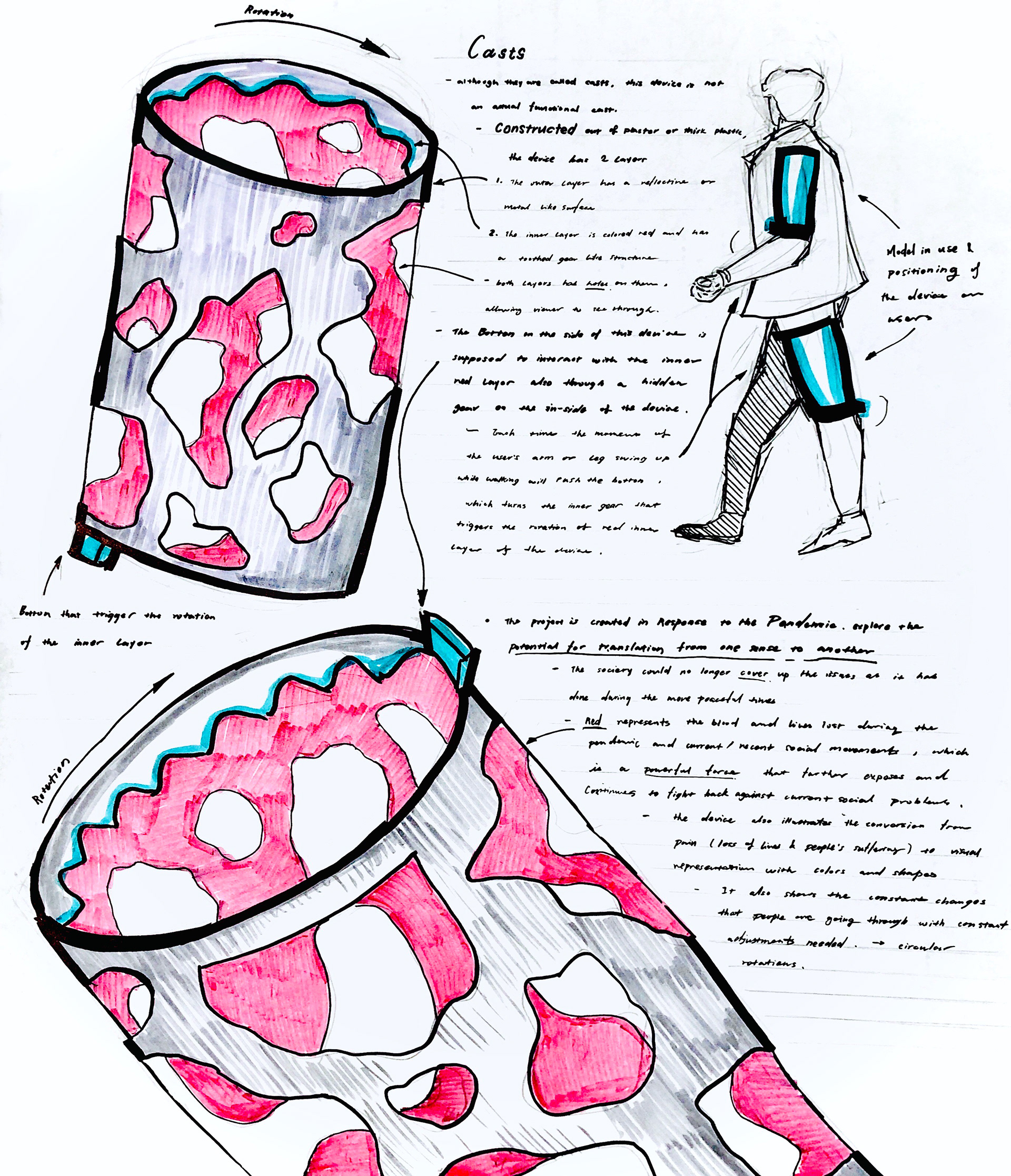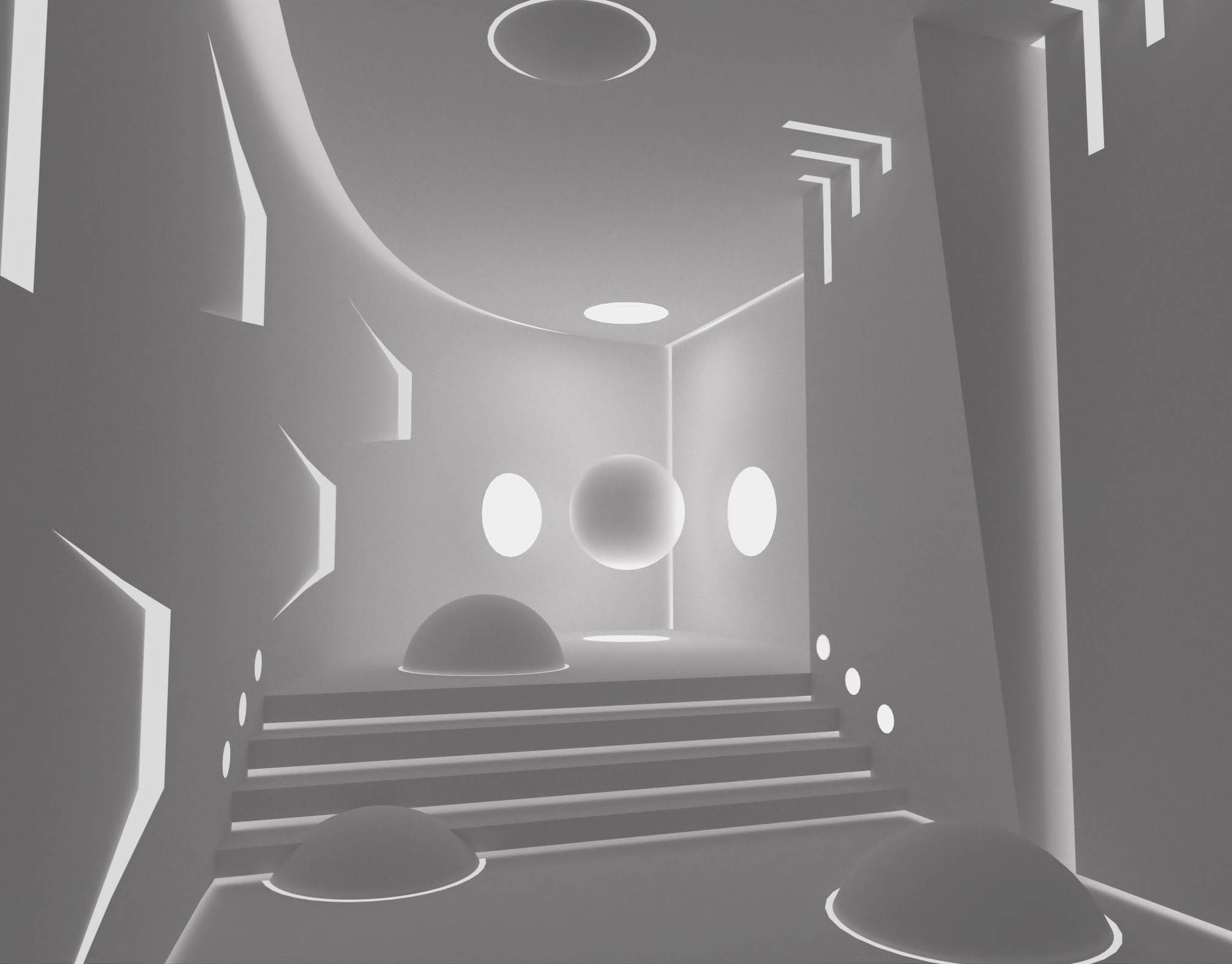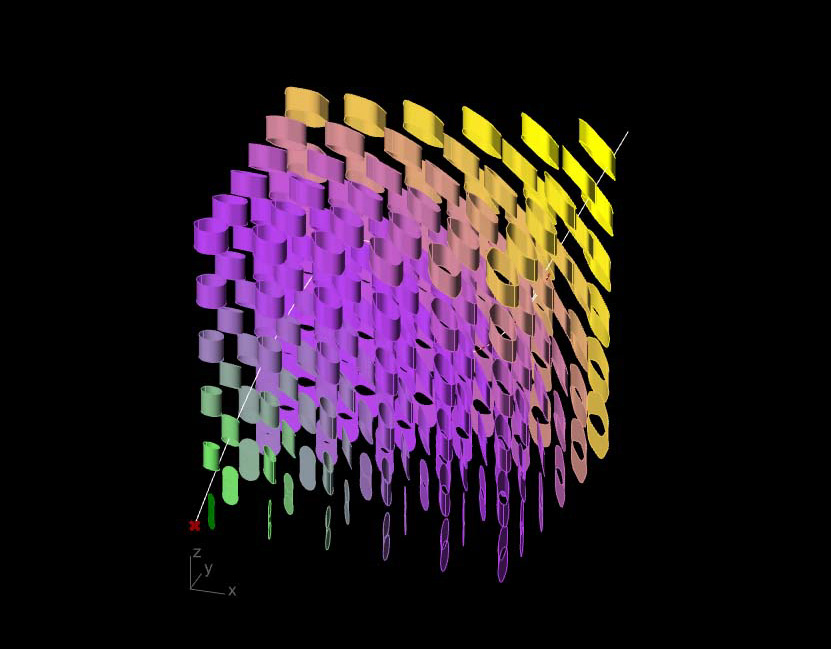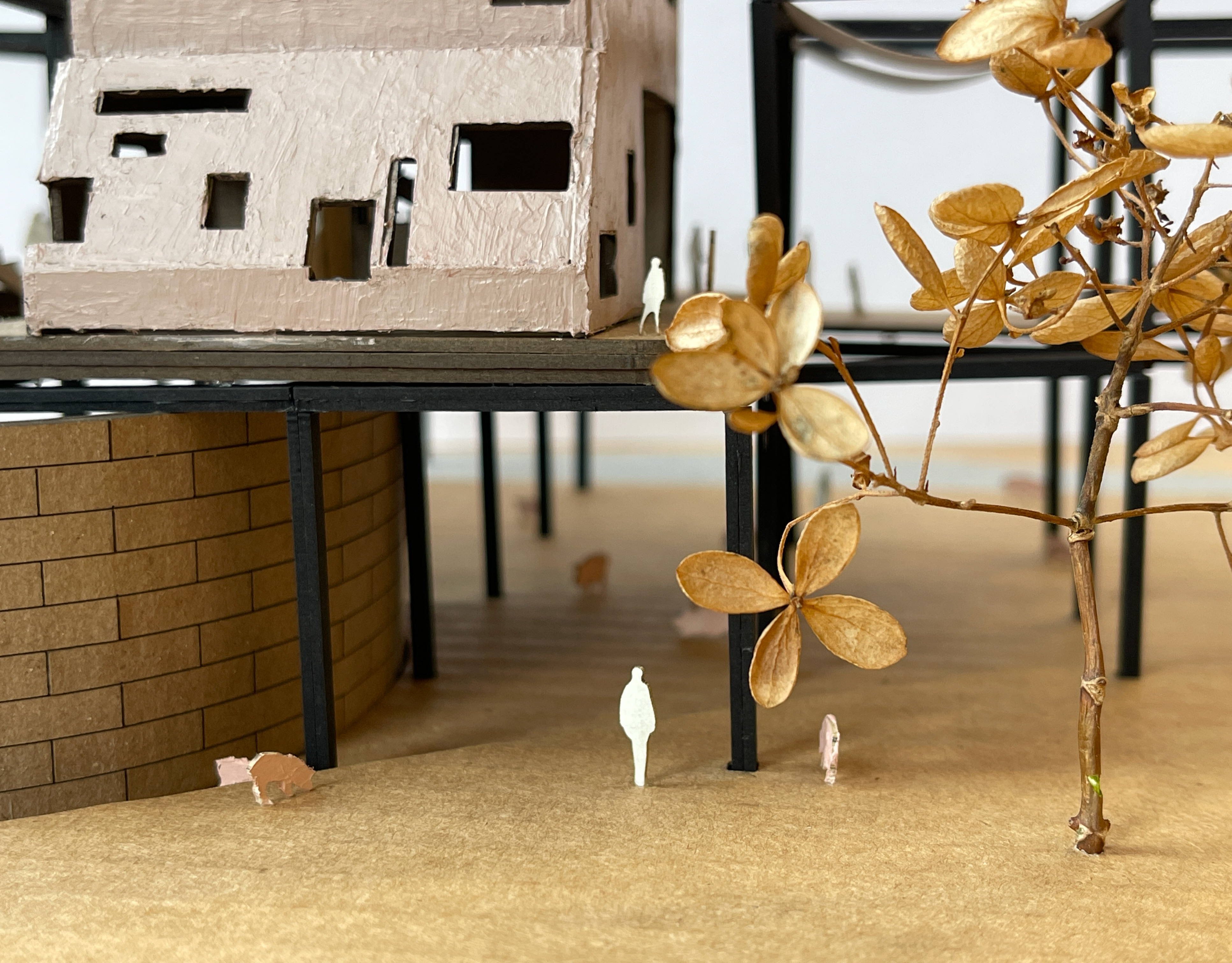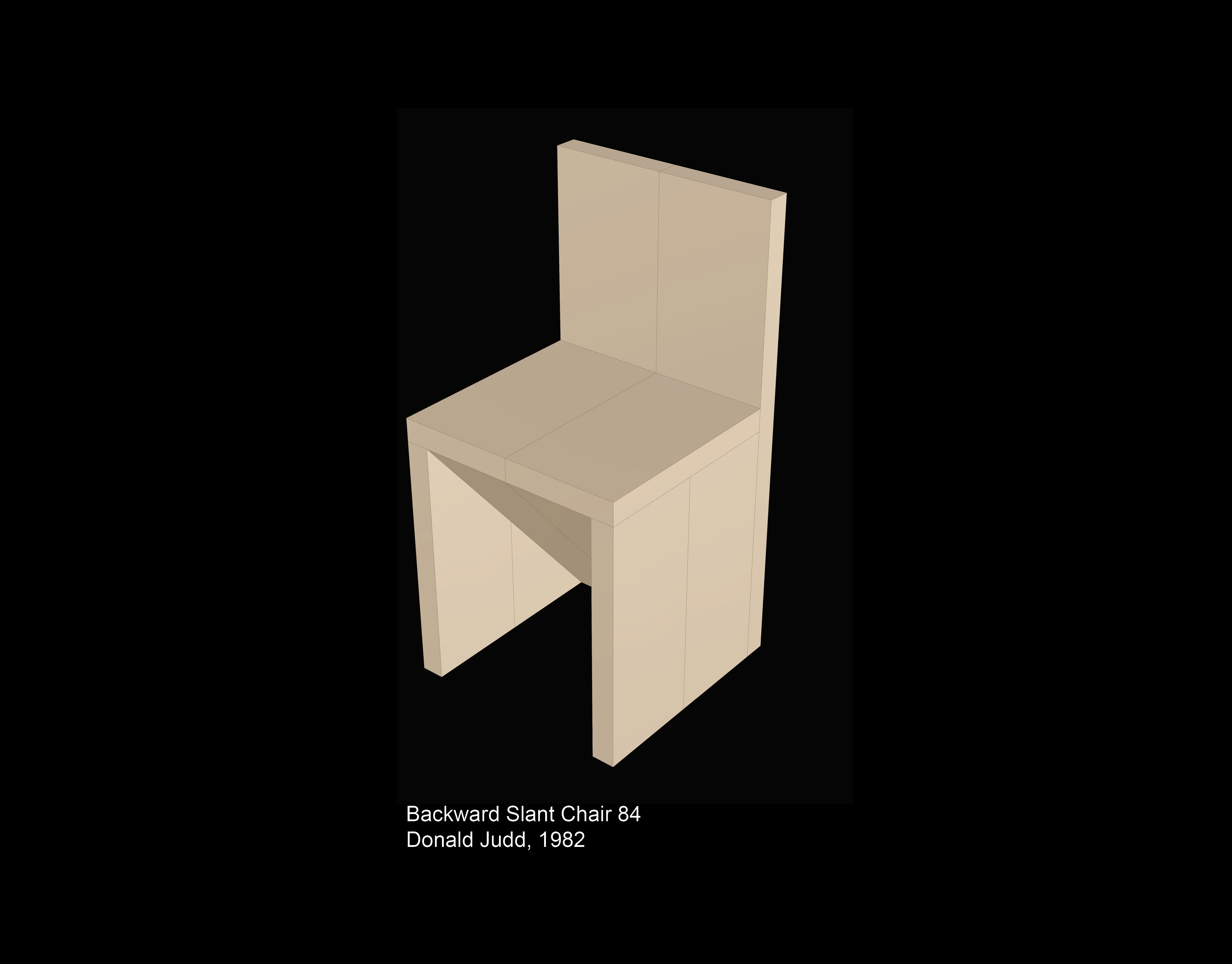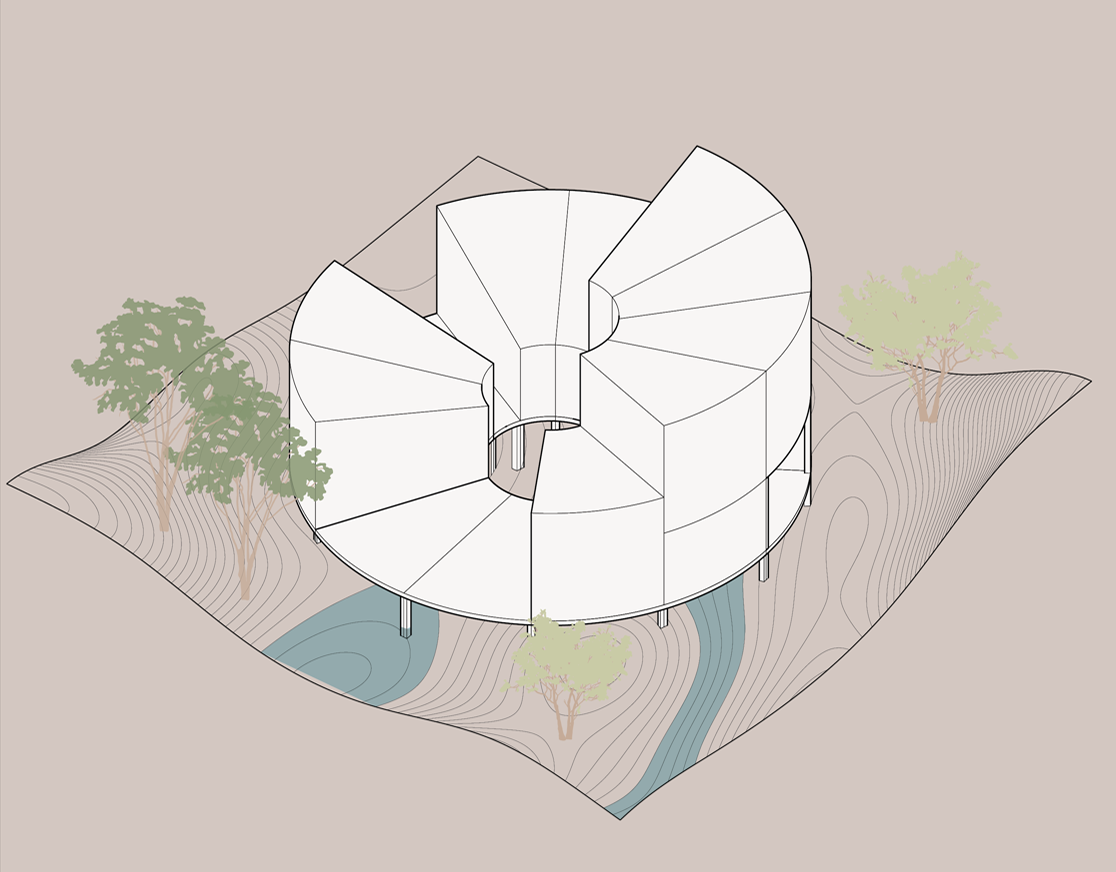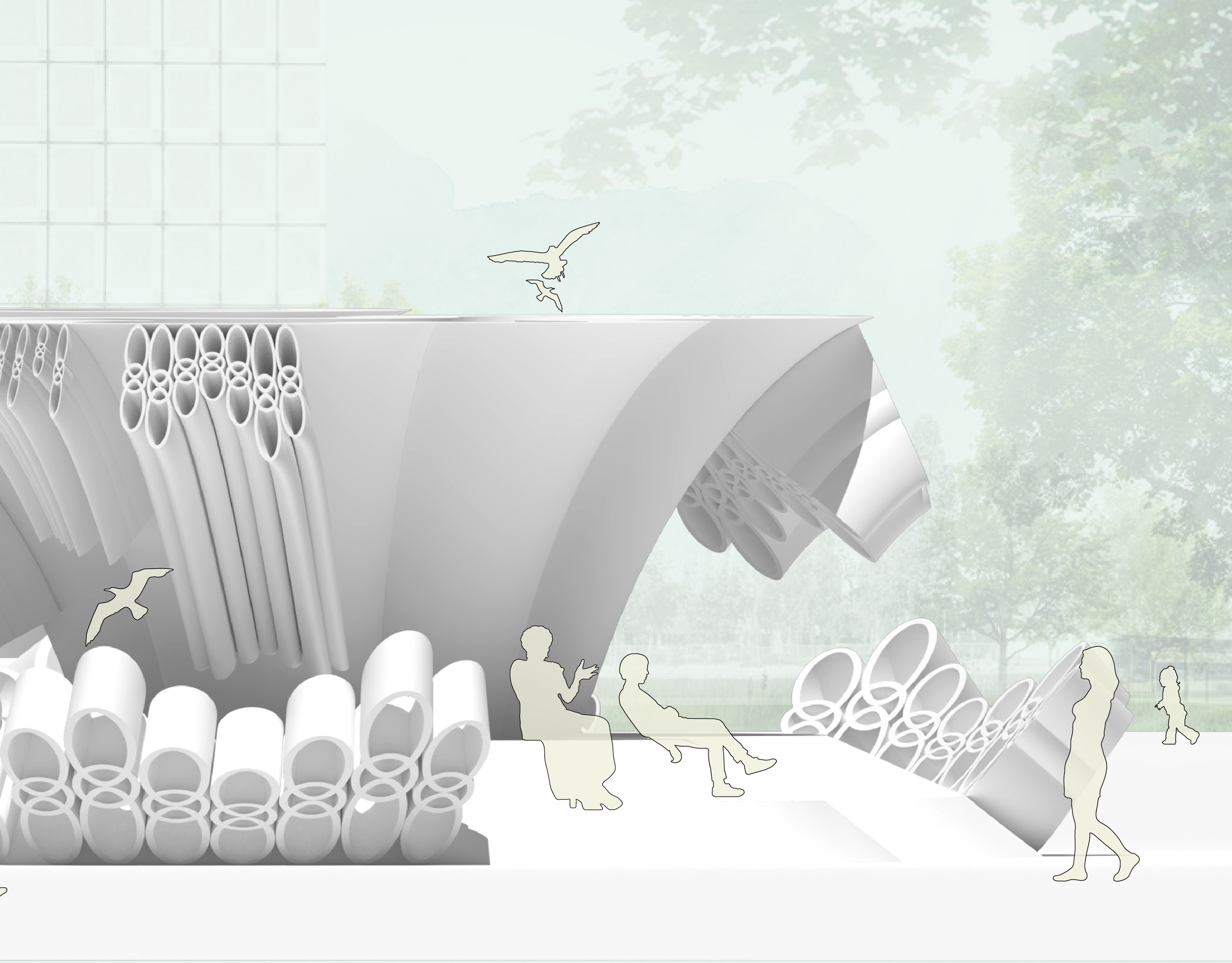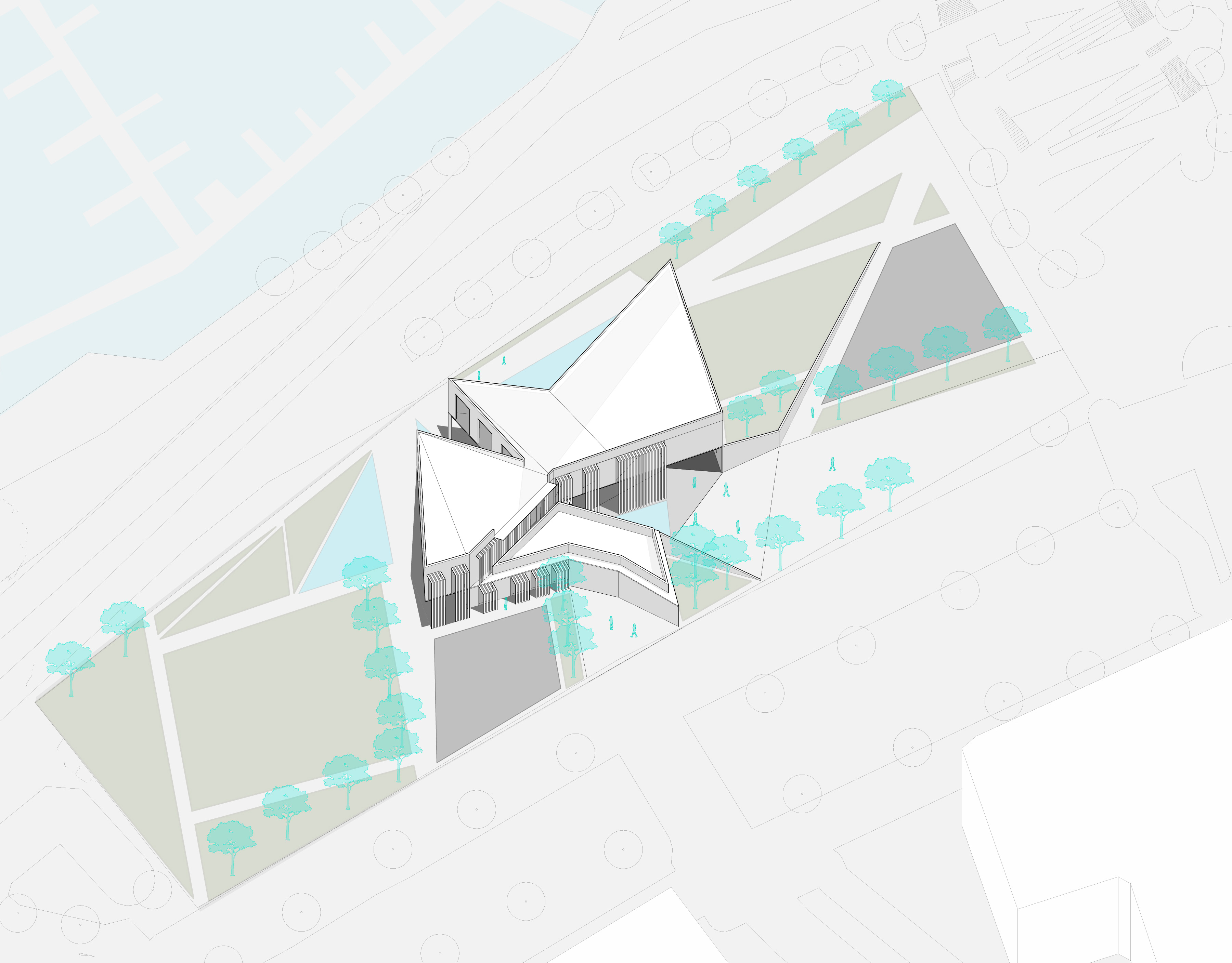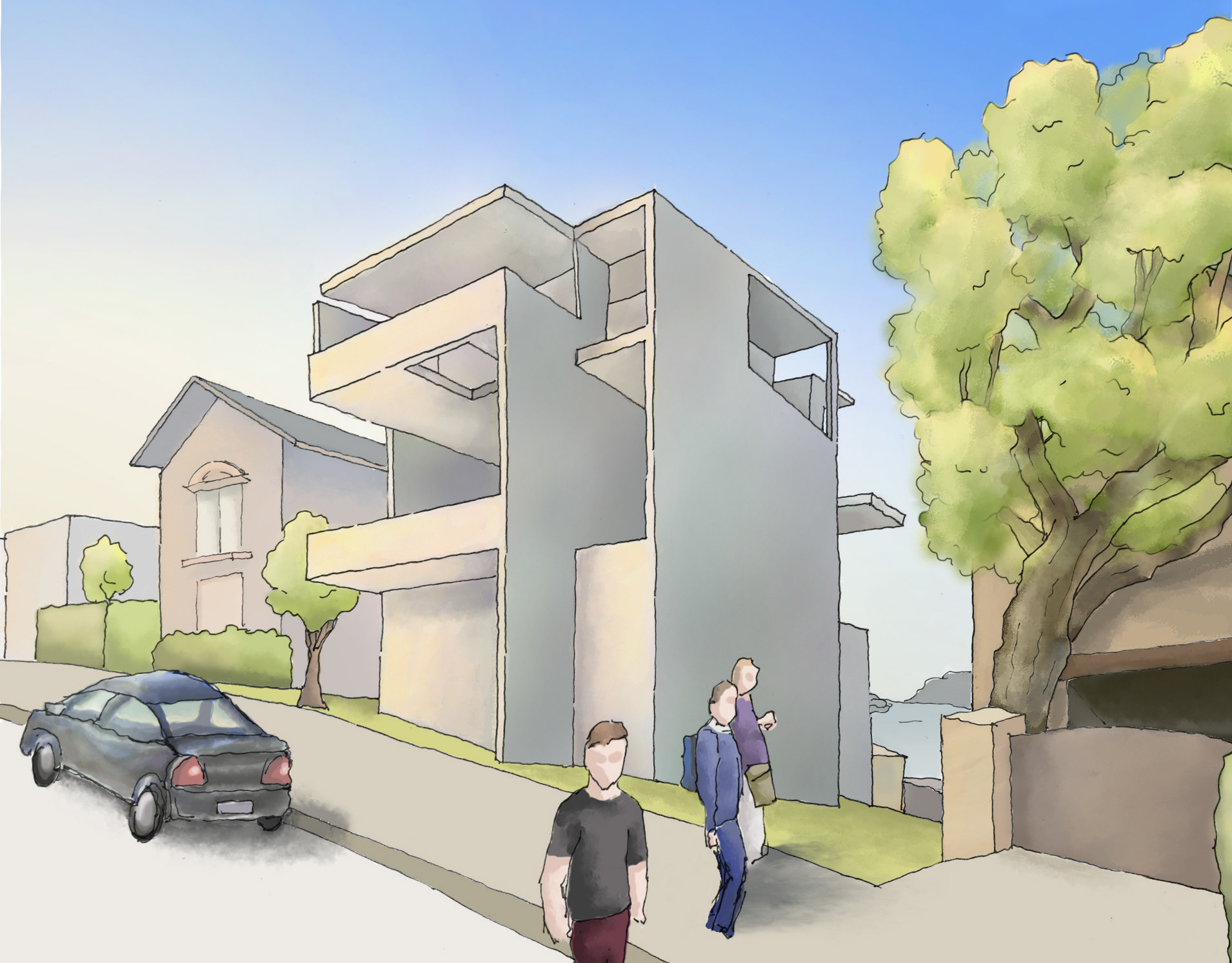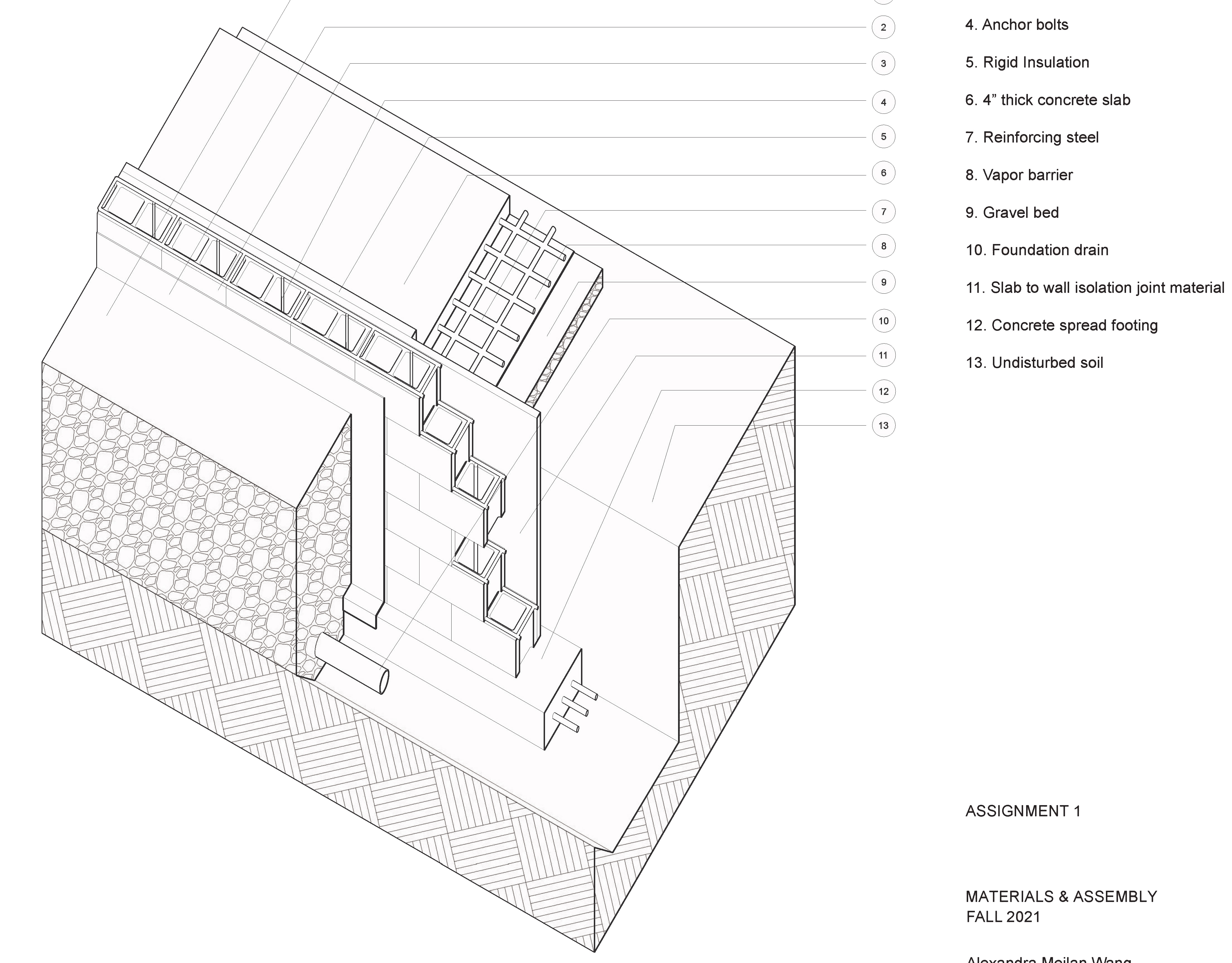Part 1: Cyborg Bridge
In this project students are to find another bridge and gather information about living species on and around the bridge, which my choice was Pausch Bridge on campus. After the observation, exploration, and interpretation, students are to create charcoal drawings that illustrate the relationships of these species and the bridge.
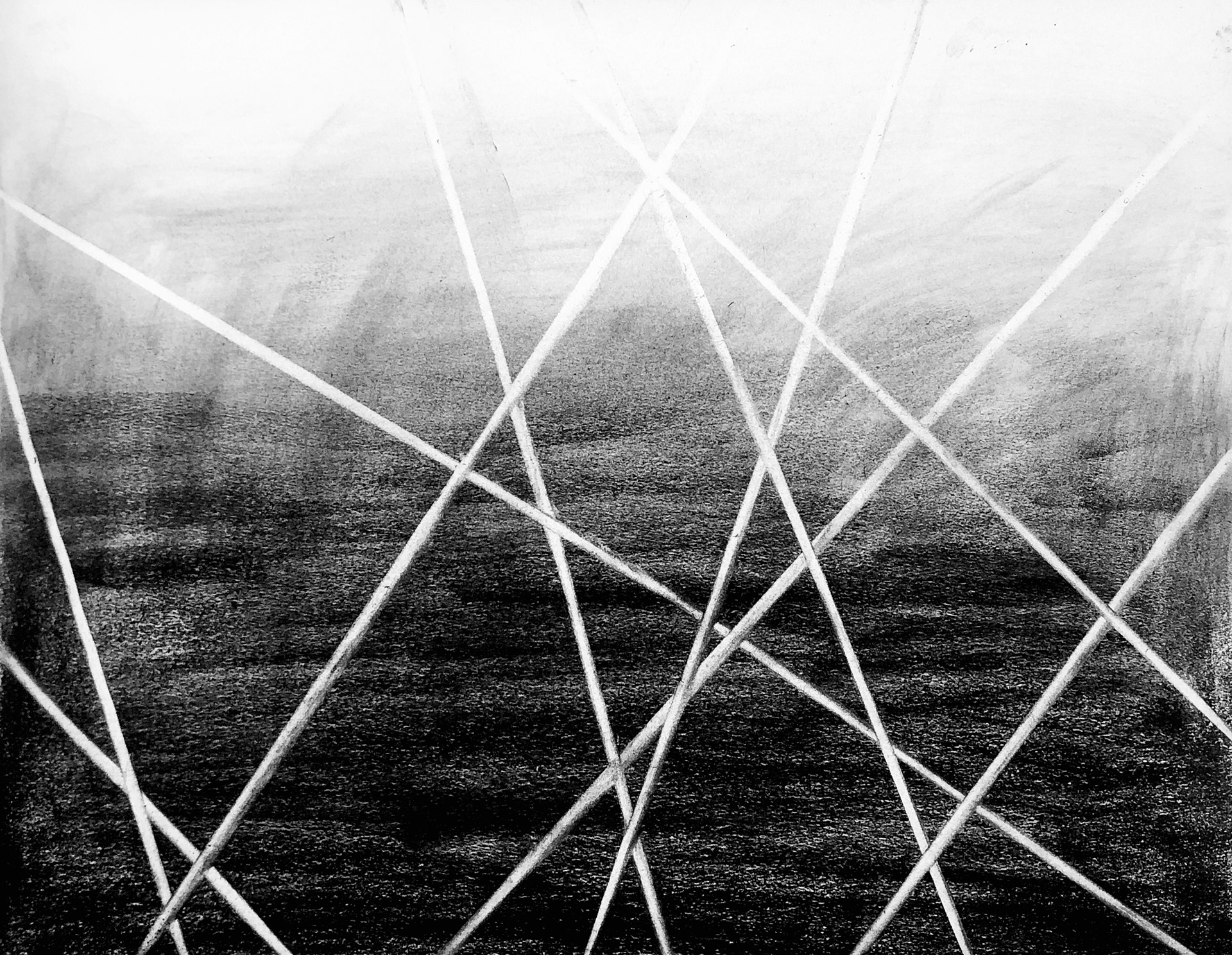
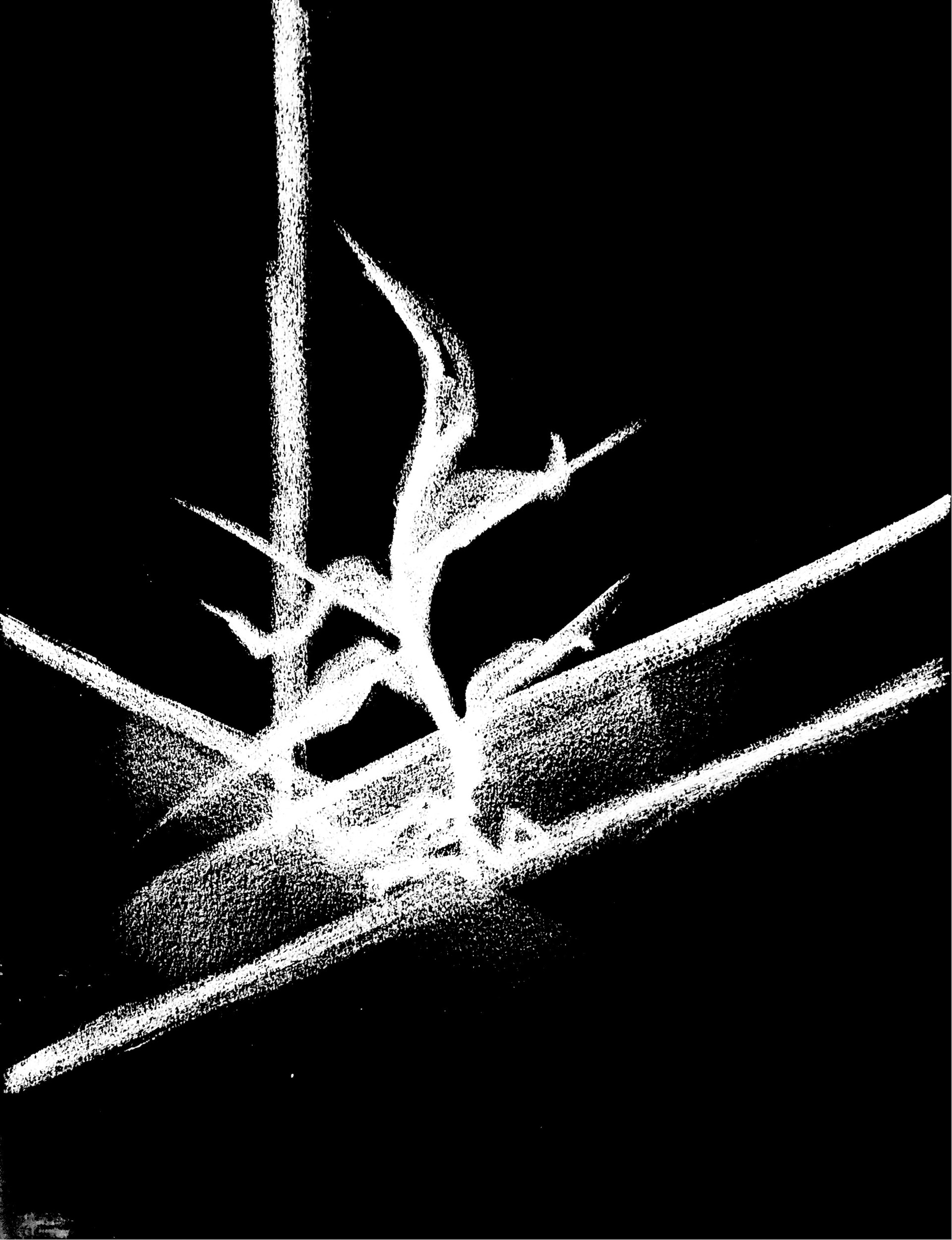
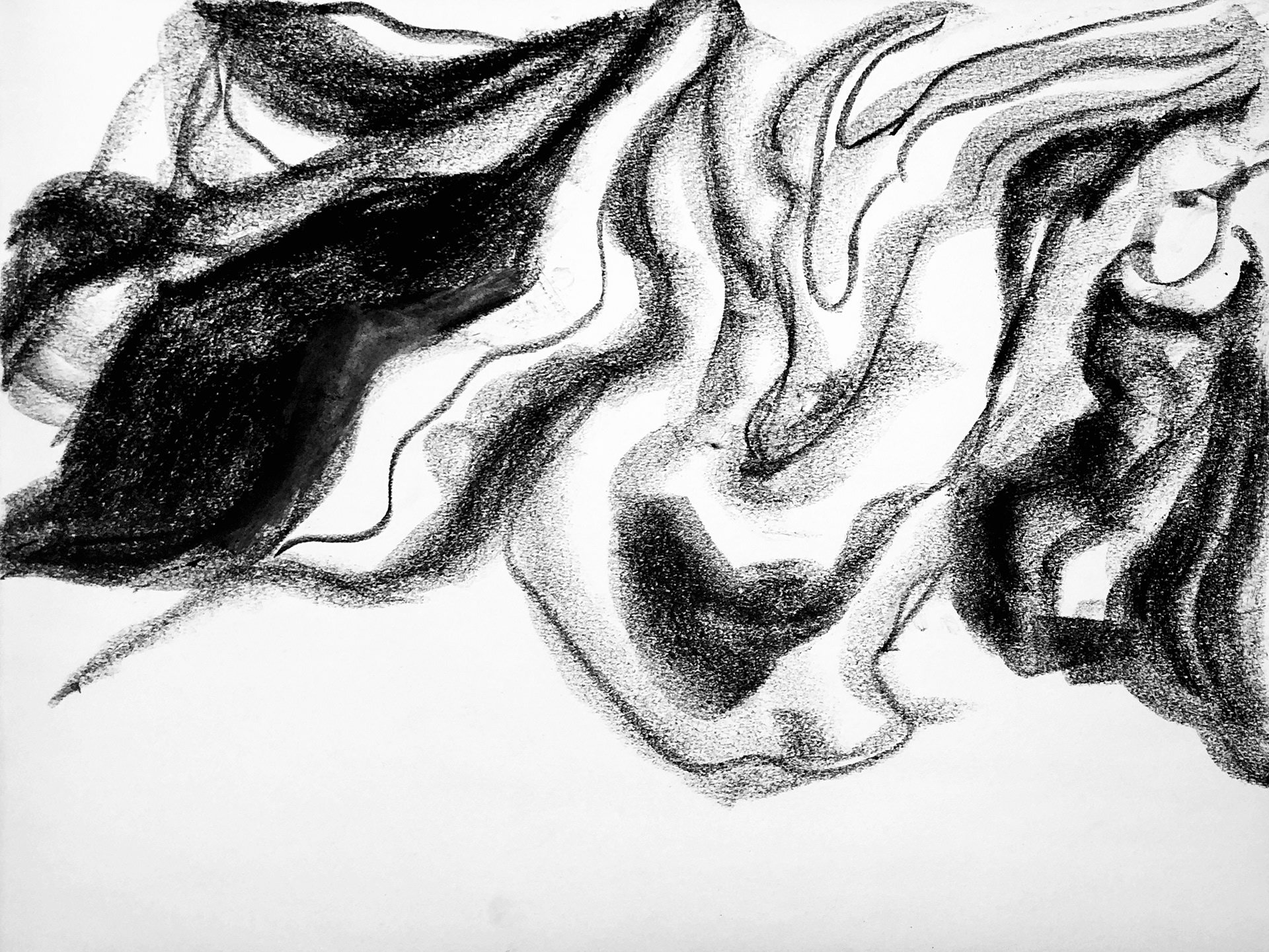

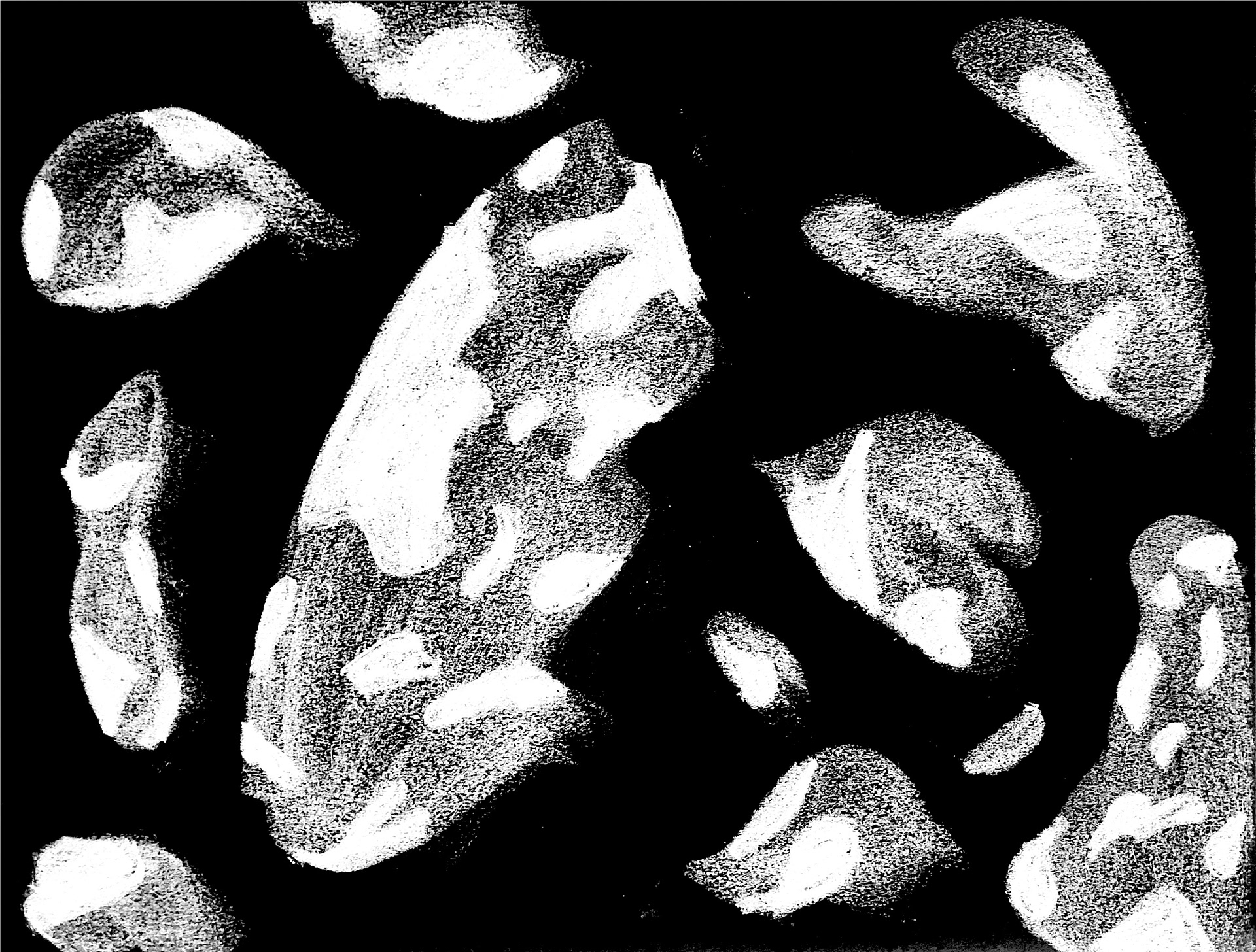
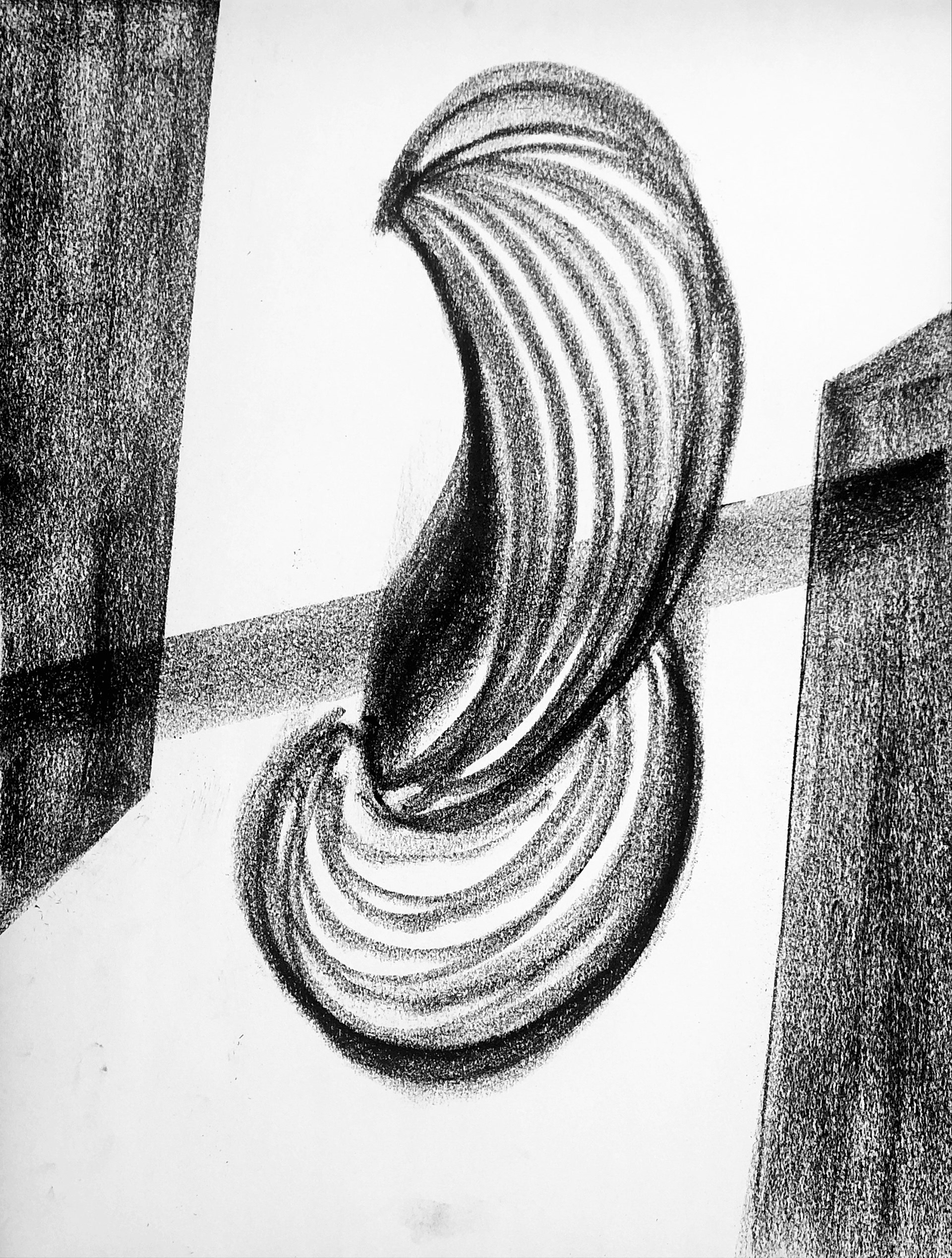
Part 2: Specimen Translated
This assignment require students to take a microscopic view about the species from previous assignment, and use clay to capture the texture and form from the observation. Then, use paper mache to create a skin for the model. After that, students are to flatten and cut the paper mache skin. Finally, copy the form with black cardboard paper and fabric, and use them to form an imagined creature.

Clay Transformation: nymphosis

Clay Transformation: ecdysis

Clay Transformation: metamorphosis
Paper Mache on Clay
Flattened paper mache
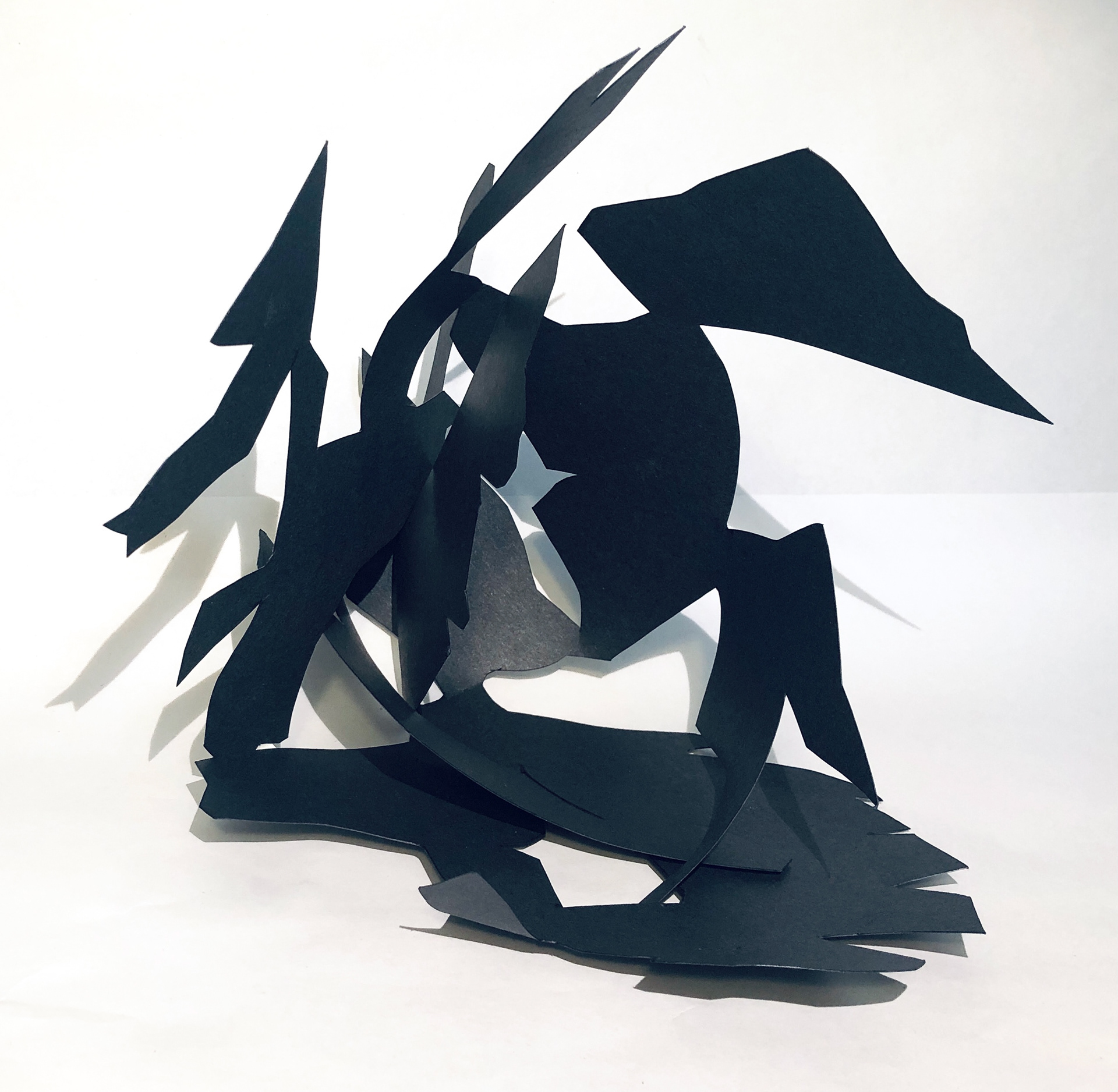
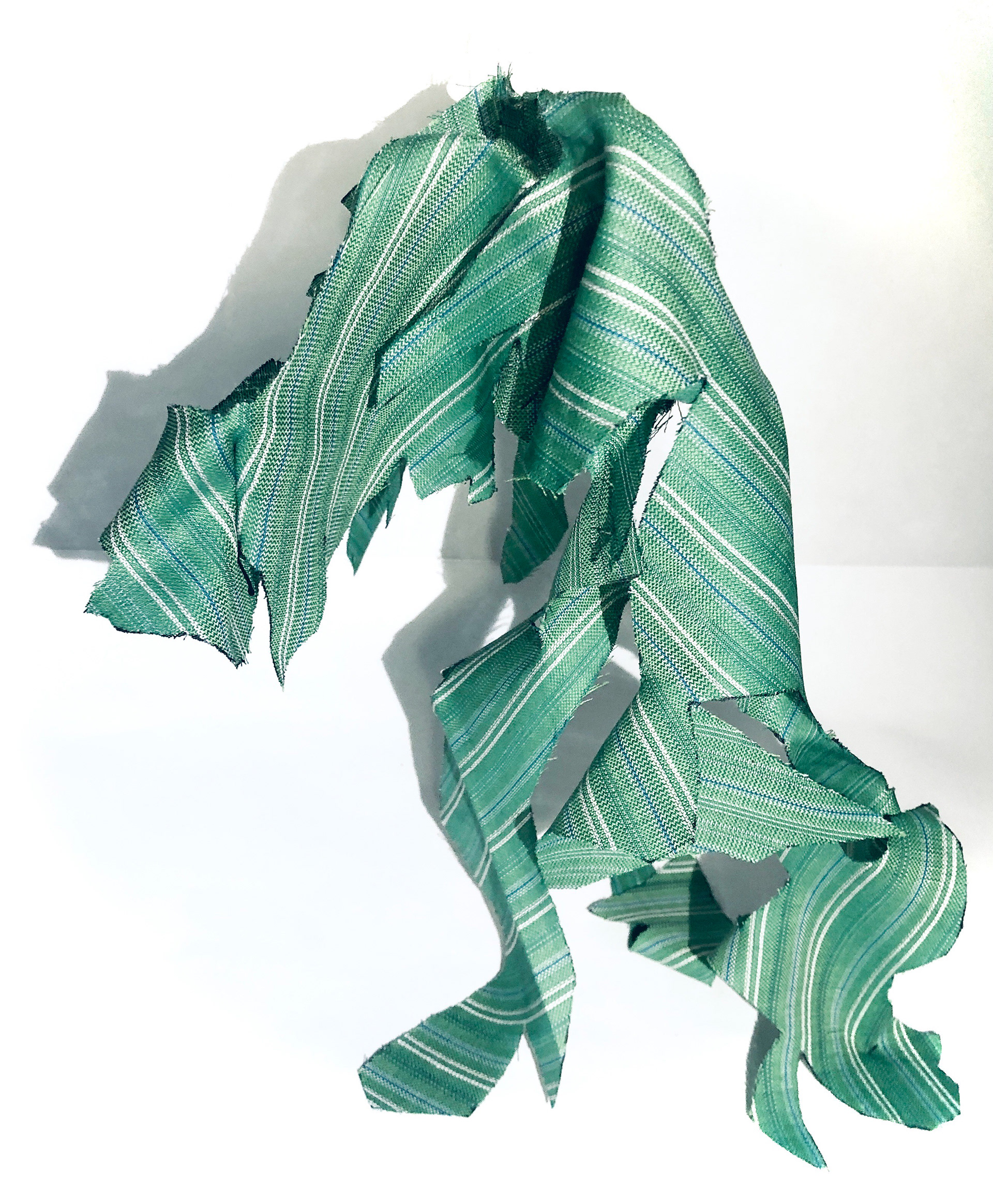
The two model images above are the imaginary species, which is a deep sea creature of arthropods that has the ability to sense water flow and shape-shift. The black rigid image would be the adult form and soft fabric-like form is the juvenile state.
Part 3: Mechanized + Extended Body
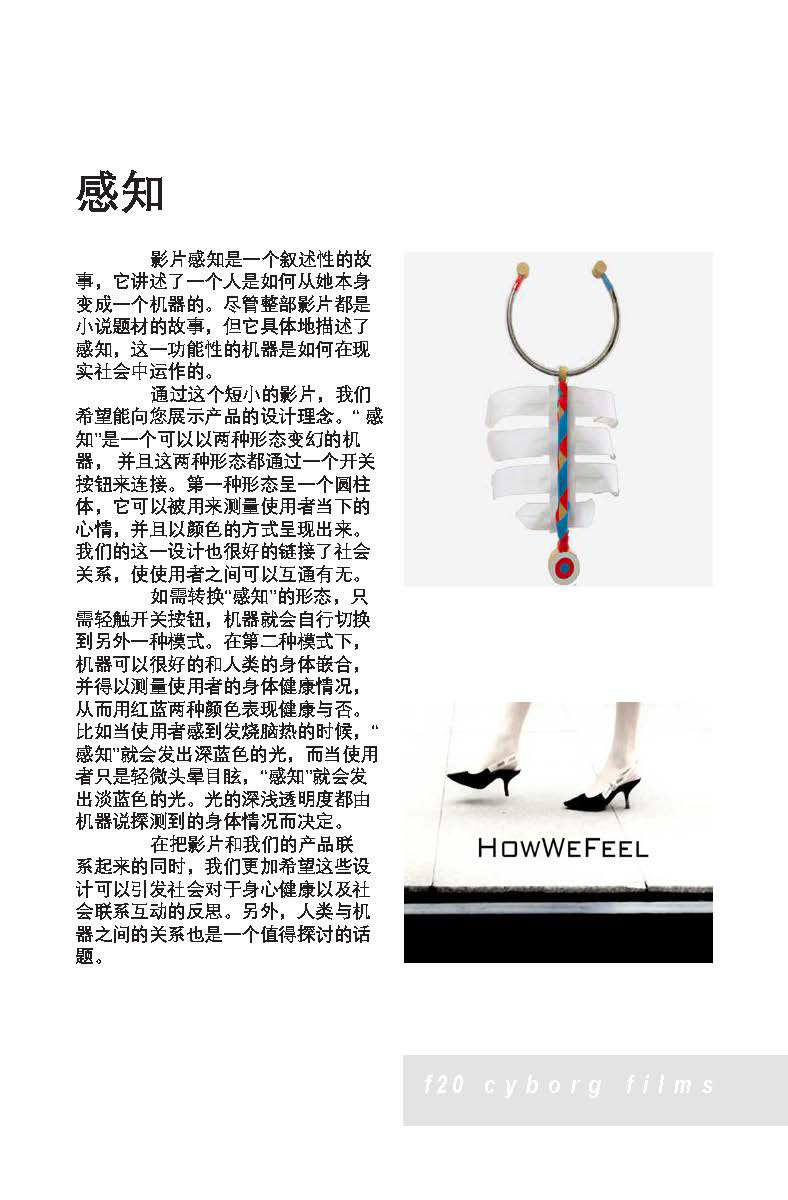
Cyborg Film Program Chinese

Cyborg Film Program English
The assignment of cyborg is a two-people group project that aim to create a machine that functions as a part of the extended human body. Through brainstorming and collaboration, a prototype is developed. Finally, the student groups are to present their designs through an short film that tells a story and illustrate the function of the designs.
Narrative Film - Cyborg Device Concept
Device Function Poster
Device in function

Process sketches
